“I would guess that we are one of five sailboats that will sail through the Falklands this year.”
Plenty of people visit the Falklands by cruise ship or by taking a once-a-week flight to the islands each year, but a fraction of a percent ever sail through the islands and make the ocean crossing to Punta Arenas, Chile.
With that, a fraction of a fraction of a percent ever take an RYA (Royal Yachting Association) Competent Crew Course on a set of islands that lie in the “Furious Fifties” at 51 degrees south latitude.
For someone that has never sailed in their life, I was really diving into the deep end.
During the past 3 weeks I was learning to sail in the Falkland Islands. The idea to add this to my list of skills for The Preparation was given to me by Matt Bracken, a long-time sailor himself.
Originally, the Competent Crew course I took on the brand new boat, Amundsen, was set to take place in the Beagle Channel. Yet, after a charter vessel was arrested by the Chilean government 3 weeks before our trip, the location was changed…
Now, we were due to start in the Falklands and end in Punta Arenas, Chile.
(For context, it’s not all that crazy for a foreign charter vessel to be arrested by the Chilean government. It’s perfectly fine to end a charter journey in Chile, but violates loosely-held cabotage laws to start and end there. Local charter companies also complain to the government because they believe business is being taken from them.)
Instead of a 16-day trip in Chile (getting to potentially sail and land at the Cape Horn) we now had a ~21-day trip + an ocean crossing.
That’s a good deal.
And, later on I learned just how lucky that change of plans was. If we had gone down the Beagle Channel we would have done very little actual sailing - a crew member went as far to say that we probably would have only sailed one day out of sixteen. So, considering the fact that I wanted to build a foundational level of competency in sailing, I am thankful for the change of plans which has us sailing nearly every other day in the Falklands.
January moved at a slow pace for the most part until the 30th snuck up on me. All of a sudden I was flying to Santiago, Chile. Although I could have left for Chile later, I needed a full day in Santiago to buy all of the gear I needed for the trip - muck boots, shirts, wind-resistant pants, a jacket, and gloves…
I spent nearly a full week in Chile over the course of the trip, which is why I feel comfortable in saying that it’s a strange place. The nice part of downtown Santiago is more European in its architecture. But, as soon as you venture to the outskirts of the city it gets progressively worse - trash and slums.
Punta Arenas was completely different too, but I’ll tell you about that later…
My first taste of Chile came during my cab ride from the airport to the hotel in Santiago. I pushed myself to practice my Spanish and asked the taxi driver what she thought of Santiago. Honestly, she didn’t have anything noteworthy to say about it as she quickly shifted the conversation to what it’s like to live in northern Chile and the problems they have with immigrants.
She had particularly intense negative feelings for the Venezuelans who, as she said, only bring prostitution, drugs, and violence.
Interestingly, on an Uber ride to the airport in Punta Arenas after the trip my driver thought negatively of northern Chile as well. My Spanish isn’t strong enough to have asked him more questions about why exactly that is.
Anyway, after a long day of running around Santiago to pick up all my gear it was now time to leave for the Falklands.
I haven’t been many places, but I have never been to a place where the wind is cold and unceasing. As soon as my feet hit the tarmac to walk to the terminal just a few hundred feet away, I felt like I was going to be blown over.
Surprisingly though, Mount Pleasant military customs and immigration really isn’t as big of a pain in the ass as I thought it was going to be. Maybe next time I’ll just have to walk in there with a small Argentine flag to really test the limits…
It was like normal customs and immigration - suspicious, stern, and slightly rude - but they had military uniforms and just a touch more dignity.
Back to the wind.
We (which at this point was the other two students, our instructor, a crew member of the boat, and myself) took a bus ride to Stanley (the largest town on the islands with a population of 2,500) to meet the boat and rest of the crew. The wind, which we would come to know intimately, shifted the bus ever so slightly from one side to the other as we drove over the flat and absolutely desolate lands of the east island.
Then, carrying our luggage to the boat, we had to fight the wind the entire time…
Why would anyone fight for this place?
We had to delay our departure for two days because of (you’ll never guess…) wind. The winds and sea state were too rough for us to leave. With a bit more time at port the other two students and I decided to check out a small museum just up the road from us.
The museum was full of history of the Falkland Islanders, wildlife, and battles of WWI, WW2, and the war against the Argentines which were all fought in the Falklands. To this day there is still great tension between the Falkland Islands and Argentina, and apparently Argentine kids are taught in school that the Falklands (or Malvinas as they call it) belong to Argentina still.
As we made the ocean crossing to Punta Arenas we passed by the southern tip of Argentina where they keep a small armada station to harass any boats coming from the Falklands.
Our instructor, a Spaniard who had sailed through this crossing several times, told us to expect a call from the Argentines as we entered the mouth of the Strait of Magellan.
Wouldn’t you know it…that night while he, another crew member, and myself were on watch we heard them call in. For another hour they pretended like they could only hear us every 5th time we spoke to them. They asked for other unnecessary information like the name of one of the companies involved with the boat - Great Southern Seas. Then, they had us repeat the company name back to them in the phonetic alphabet at least 20 times.
Golf, Romeo, Echo, Alpha, Tango - Sierra, Oscar, Uniform, Tango, Hotel, Echo, Romeo, November - Sierra, Echo, Alpha, Sierra.
Try being patient while repeating that over and over again…
To be fair though, even the Falkland Islanders talk about the war like it happened just the other day. They may not be as hostile about it (maybe) but they can’t move on from it either. At least some of them can’t.
The situation there has been in a strange limbo since the war. It’s at a stalemate, but it wouldn’t be surprising for Argentina to come back to take it.
(The Falklands War, 1982)
The thing is, and I continued to ask myself this question over the course of the trip, why in the world would anyone fight for this place.
Often bleak, constantly windy, and inhospitable.
Don’t get me wrong, there is a certain type of beauty to it, no doubt about that. Yet, it takes a different breed to actually want to spend a good portion of their life in a place like this.
Baptism by fire
The few times I have been to sea were only ever on cruise ships where you can hardly feel the movement of the ocean beneath you, maybe twice in my life.
Our first day of sailing began many hours after dinner. We were due for a 14 hour trip across the northern edge of the islands to make it to our destination: Pebble Island.
We picked up the anchor and snubber, set a few reefs on the main and mizzen sails, unfurled the stay sail, and started our course around the islands.
I was fine for an hour or so until the rocking motion of the boat over rough seas began to have an affect on me. My legs started to shake ever so slightly and I tried to look at the light from ships on the distance to focus my mind on a stable object, but it was too much for my body to handle. At one point I thought to myself that if the next 2+ weeks were like this I would rather die.
I could barely move or speak without nearly throwing up. Then it happened.
It was a brief reprieve from the seasickness. It came back quick and, now being extremely tired, I laid down and fell asleep on the deck for a few minutes. The cold interrupted my sleep though, so I ended up stumbling to my cabin at midships and slept until 1pm the next day when a crew member (who’s now a friend) woke me up.
Seasickness is no joke. I think it’s probably one of the worst short-term illnesses a person can experience.
On our ocean crossing to Punta Arenas nearly everyone got seasick. I remember eating good risotto for lunch, looking down at it, and thinking to myself, “I’ll probably see this again later”.
Indeed, that lunch went to waste.
Another crew member, who graciously took up my job to make lunch on the first day of our crossing, went back and forth between the galley and the bathroom 4 or 5 times that day to throw up. As far as I know, everyone got seasick that day except for a wise, kind, and fiery 72 year old woman (another student) from Liverpool. Somehow, and I’m happy for it, she was lively and unaffected by sea sickness the entire trip.
Seasickness is an unpleasant rite of passage.
Meeting interesting people
We bounced around from island to island for the remainder of the trip - Pebble Island, Keppel Island, West Point, Dyke, Weddell, Saunders, New Island, and Beaver Island.
Keppel Island is famous for the fact that Anglican missionaries brought the Yaghan people from Tierra Del Fuego to a settlement on Keppel. The married Yaghans were separated from the single men, and the single Yaghan women were maids and housekeepers for the missionaries who sought to convert them.
Shane, the new owner of Keppel island now wants to start his own tourist business to make some money off of the island’s history. He told us that quite a lot of Falkland Islanders want to visit the island as well. On top of that he owns 600 sheep and is always at work on the island.
He was a stocky man with a working class English accent and a kindness that seems to be common for the Falkland Islanders.
(The Keppel Island settlement and Amundsen in the background)
Later on while trying to hide out from a strong system that was coming in the Poncet family allowed us to attach the boat to a mooring buoy outside of their home on Beaver Island.
Now, I had never heard of the Poncets before this trip, but they are a famous sailing family. To give you an idea of the type of people they are, Jerome and Sally (the mother and father) made a trip to South Georgia while Sally was pregnant. Their boat had become trapped in the ice and their son, Dion, was born on the boat’s table before their boat was freed from the ice by a British Research Ship.
Sally and Jerome’s other son, Leiv, is constantly sailing around the world by himself.
It was a great privilege to meet them as they are legends in the sailing world. Not only that, but we were invited into their home and given a tour around their property before we left
Dion and his wife are incredibly kind and welcoming. And, when you meet Dion, it’s clear that he can fix just about anything. He has an intimate understanding of boats, sailing, and every type of craft that is required to build and maintain a boat.
To live in the west Falklands you need to know how to fix/build just about everything you need since you’re almost entirely cut off from the world.
Sailing
The basic mechanics of sailing aren’t the most difficult thing to learn in the world, but things do get more complex on a 23-meter boat with a main sail, mizzen, and 3 headsails (genoa, jib, and stay sail). Multiple people are required to hoist the main and mizzen, tighten preventers (which keep tension on the boom and help hold it in a certain place), furl and unfurl the headsails, and drop or pick up the anchor.
Actually, just about everything is at least a two man job.
As I said, I have never sailed in my life, so starting on a larger and more complex boat was actually helpful for me to learn more.
I learned about basic navigation, rope work, knots, helming, wildlife, leadership, terminology, cooking, and other bits of seamanship throughout the course of the trip.
Each moment of sailing was awesome despite the cold, the wind, and seasickness.
It was wild to learn the basics of such a useful skill in the strangest place I’ve ever been to in my life. And, I cannot forget to mention the people I had with me there: the crew and the other students. The crew was incredibly helpful and positive. I told them that I was there to learn and they gave me opportunity after opportunity to learn more.
I think I managed to get more out of the beginner level Competent Crew course than most people ever do.
My fellow students were two fantastic women. Both wise in their own ways. One had done a fair amount of sailing and the other hadn’t done any. She was a major hiker, but wanted something new.
We all had a great time sailing in both sunshine and harsh squalls. We tacked and gybed from island to island, and I learned something new with every sailing maneuver.
And the ocean crossing is something I will never forget. We hit choppy water as soon as we left the cover of the islands and as we ventured further into the open ocean we dealt with high fetch (greater height and width of waves) which were the cause of the nauseating motion.
For two and a half days we took turns keeping watch - 3 hours on and 6 hours off. As we crossed the Atlantic ocean and made our way through the Strait of Magellan we saw just how bleak and miserable it was. Cold, windy, very little wildlife, and nothing to see.
Pringle Stokes, the captain of the HMS Beagle (which the Beagle Channel was named after) committed suicide after enduring long periods in and around the Strait of Magellan. He became so depressed that he didn’t leave his cabin for weeks and wrote in his journal about how wretched that place is nearly all of the time.
He shot himself in the head, but didn’t die. Gangrene from the wound is what actually was the cause of his death.
I think that does a good job of describing what that area of the world is like…
The nice thing is, we didn’t have to stay there. It wasn’t so bad since we were just traveling through.
So much happened that it would be impossible for me to remember it all now and describe it to you. Different memories will come back to me over time.
What I read during the trip
Education of a Wandering Man by Louis L’Amour
A Voyage for Madmen by Peter Nichols
My Life as an Explorer by Roald Amundsen
A book on Anne Bonny and Mary Read (two female pirates from the end of the pirate golden age) but I couldn’t find the book online
The reason for it all
This was a great addition to The Preparation. I gained a friend around my age who is also seeking to do a lot with his life, I learned new skills, gained a wider view of the world, and did things most people never have the opportunity to do in their lives.
At times it sucked. As I said previously seasickness is no joke, especially when you realize theres no escaping from it for a short period of time. However, it made the whole trip better.
The purpose of The Preparation is to learn skills, have a wide range of knowledge, gain interesting friends, go to interesting places, and combine all of these things to set yourself up for the future.
As a side note, the book on The Preparation is moving along at good speed. Doug Casey is putting lots of work into it and promises that it will be done soon!
Are these updates informative? Are they useful? Entertaining?
Leave a comment below if you’ve got any suggestions or questions for me.
And don’t forget to send this to someone who might benefit.
I’ll see you next week.
-Maxim Benjamin Smith
I am acting as a guinea pig for a program which is meant to prepare young men for the future. This program is designed to be a replacement for the only three routes advertised to young men today - go to college, the military, or a dead-end job.
All of these typical routes of life are designed to shape us into cogs for a wheel that doesn’t serve us. Wasted time, debt, lack of skills, and a soul crushing job define many who follow the traditional route.
This program, which we can call “The Preparation”, is meant to guide young men on a path where they properly utilize their time to gain skills, build relationships, and reach a state of being truly educated. The Preparation is meant to set young men up for success.
What appeals to me about The Preparation is the idea of the type of man I could be. The path to becoming a skilled, dangerous, and competent man is much more clear now. I’ve always been impressed by characters like The Count of Monte Cristo, men who accumulated knowledge and skills over a long period of time and eventually became incredibly capable men.
Young men today do not have a guiding light. We have few mentors and no one to emulate. We have been told that there are only a few paths to success in this world. For intelligent and ambitious people - college is sold to us as the one true path. And yet that path seems completely uncertain today.
We desperately need something real to grab onto. I think this is it.
I’m putting the ideas into action. Will it work? I can’t be sure, but I’m doing my best. I’m more than 60 weeks into the program at this point. So far, so good.
You can follow me along as I follow the program. Each week, I summarize all that I did.
My objective in sharing this is three fold:
Documenting my progress holds me accountable.
I hope these updates will show other young men that there is another path we can take.
For the parents who stumble upon this log, I want to prove to you that telling your children that the conventional path - college, debt, and a job is not the foolproof path you think it is.
And if you’re still unsure about all of this…here is a list of some of my more notable accomplishments over the past year:
- Learned basic conversational Spanish (and still improving)
- Became a Certified EMT
- Became a certified wildland firefighter
- Read dozens of books on economics, philosophy, sales, marketing and personal development along with essays and historical speeches
- Attended a Wrangler school in Wyoming
- Worked as a ranch hand on a regenerative cattle ranch
- Learned to operate farm equipment
- Learned to shoe horses
-Learned the basics of horsemanship
-Learned how to inspect and treat cattle
-Learned basics of accounting
- Completed Copywriting Course
- Worked for 26 days as an EMT on the 2024 Falls Fire in Oregon earned $600/day
- Regular practice of Brazilian Jiu Jitsu and recently added Muay Thai
- Climbed 3 Fourteeners in Colorado
-Climbed most of a Thirteener in Colorado
- Learned how to pack mules and lead them into the backcountry
- Finished closed-water scuba dive
- Did my first (tandem) skydiving jump
- Wrote 40+ essays
- Spent 100s of hours practicing to be competent in chess. Had private lessons with a chess master
-Completed a REMS (Rapid Extrication Module Support) course in South Dakota (Learned how to rappel, create raising systems, build lowering systems, and give and receive coordinates)
-Learned how to tie a variety of knots and hitches
-Became a public notary in Colorado
-Rock climbed for the first time
-Completed a motorcycle driving course
-Worked 2 menial jobs (Office Depot and Westside Pizza)
-Worked for 15 days on the Willamette fire complex in Oregon as an EMT making $600/day
-Completed 4 open water scuba dives and became an open water certified scuba diver
-Studied regenerative agriculture
-Learned to sail in the Falkland Islands


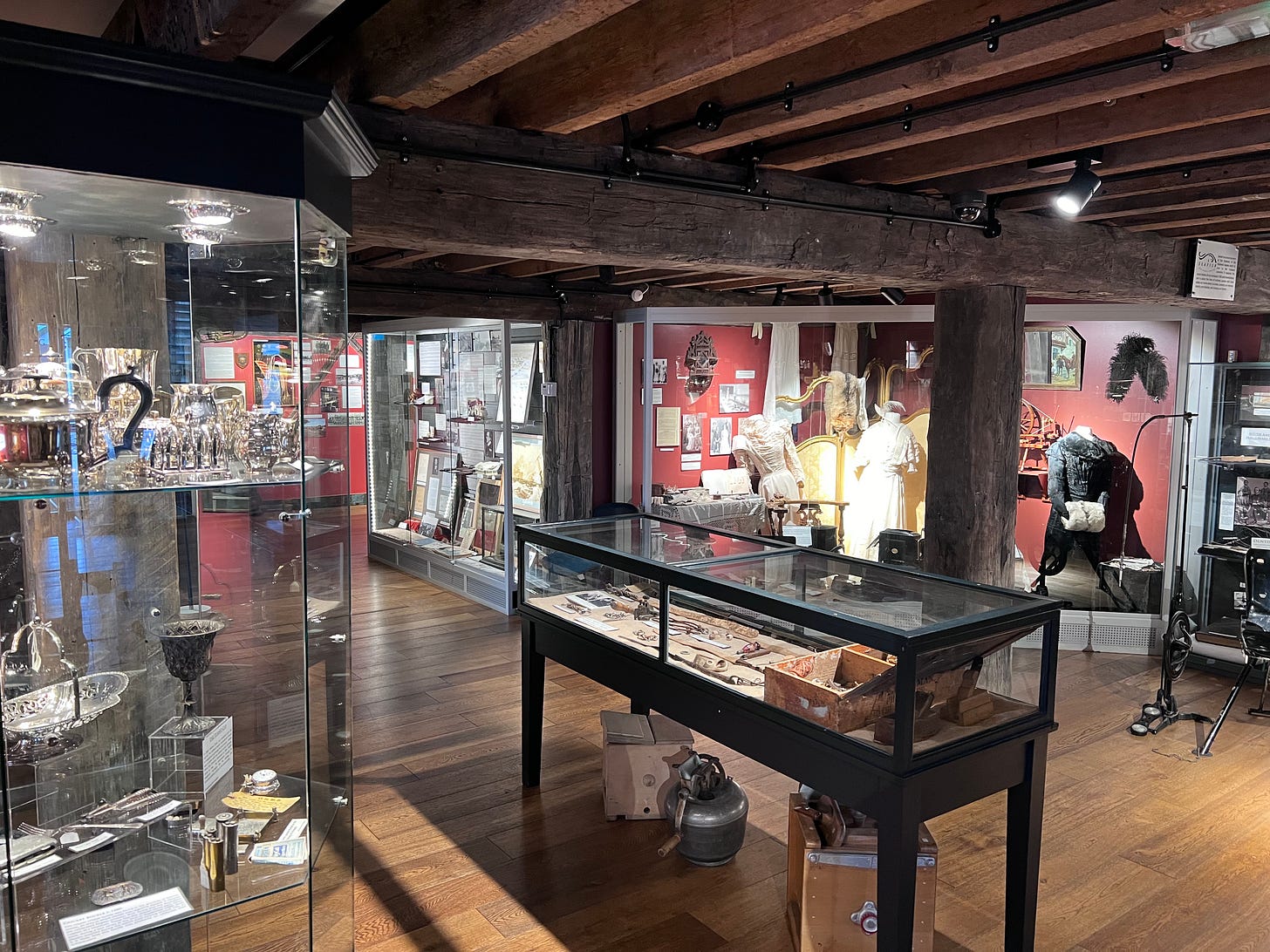
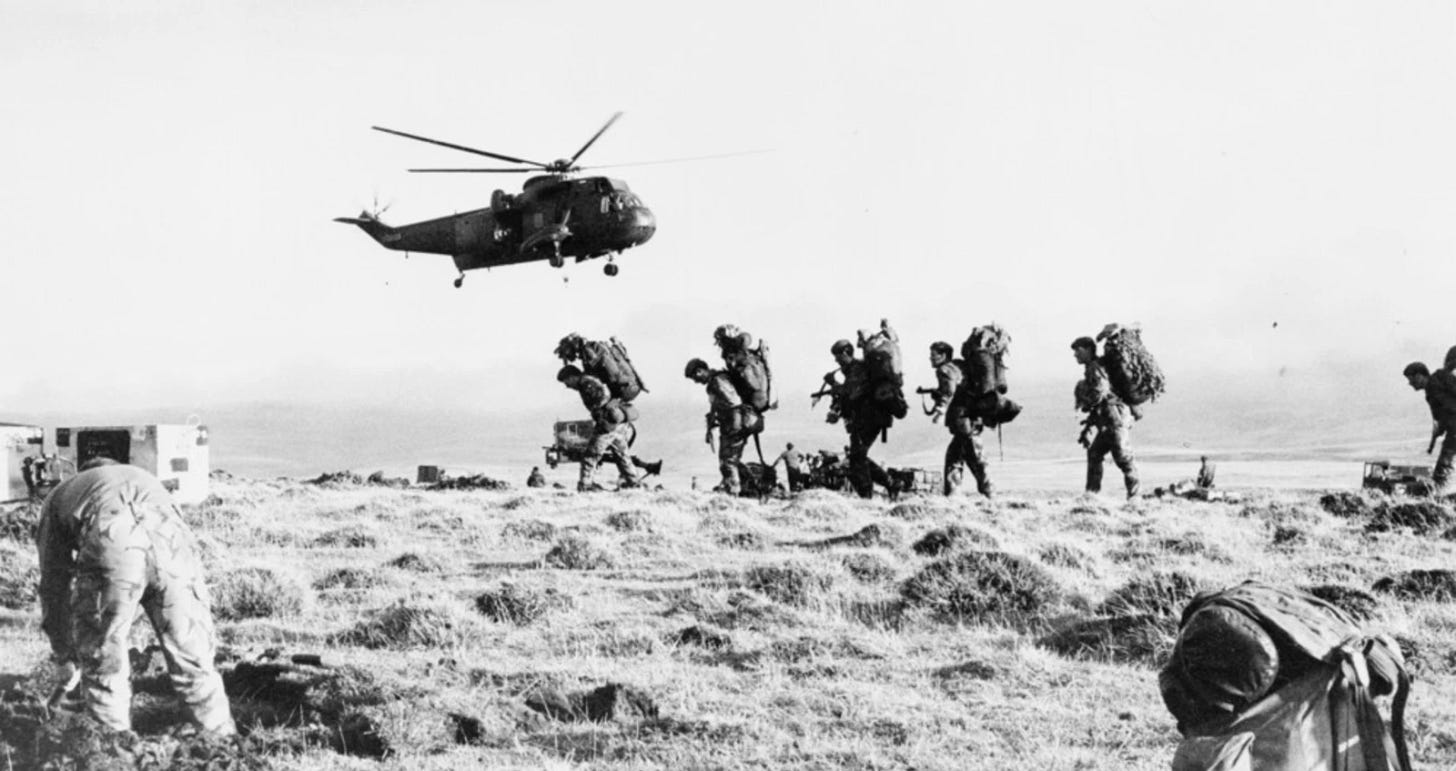
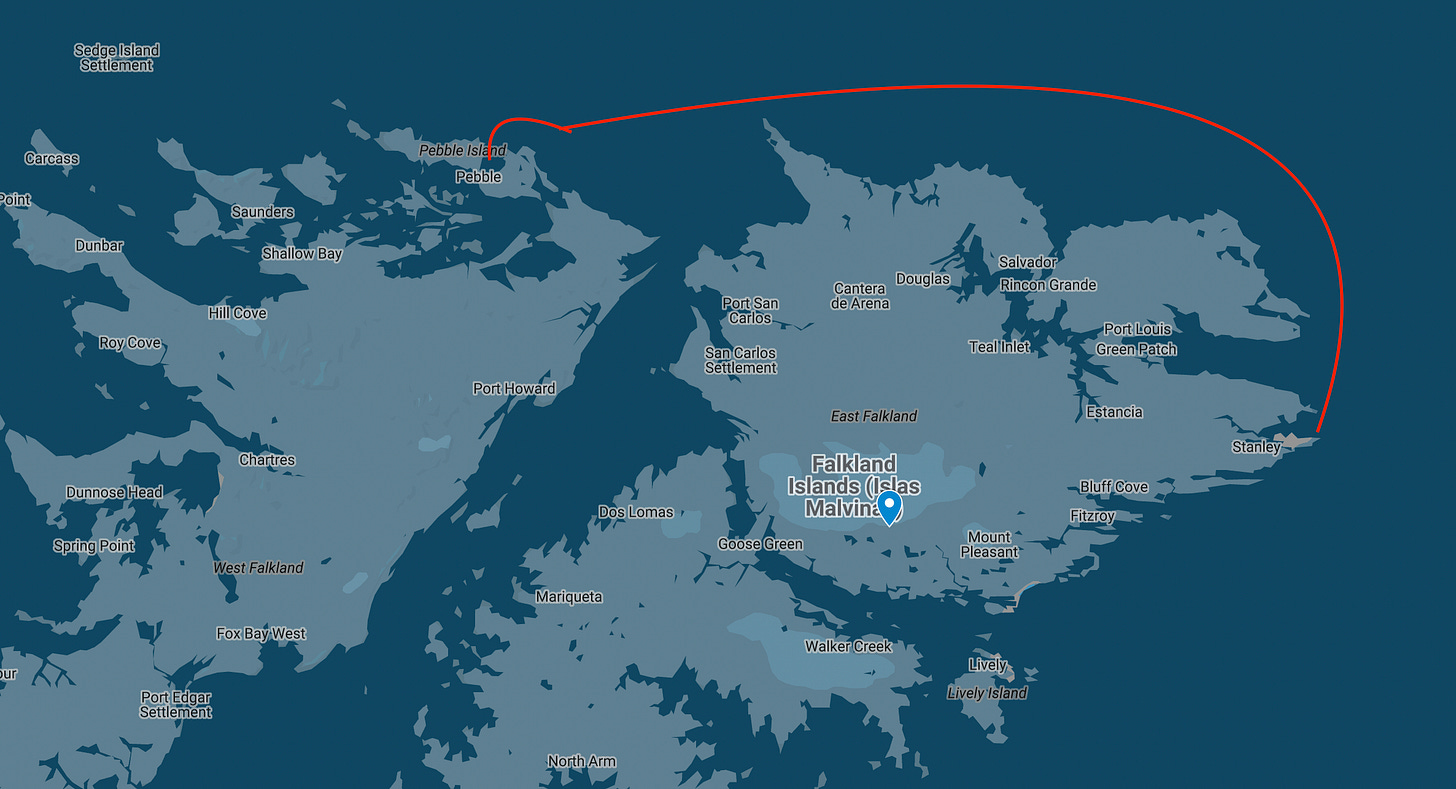
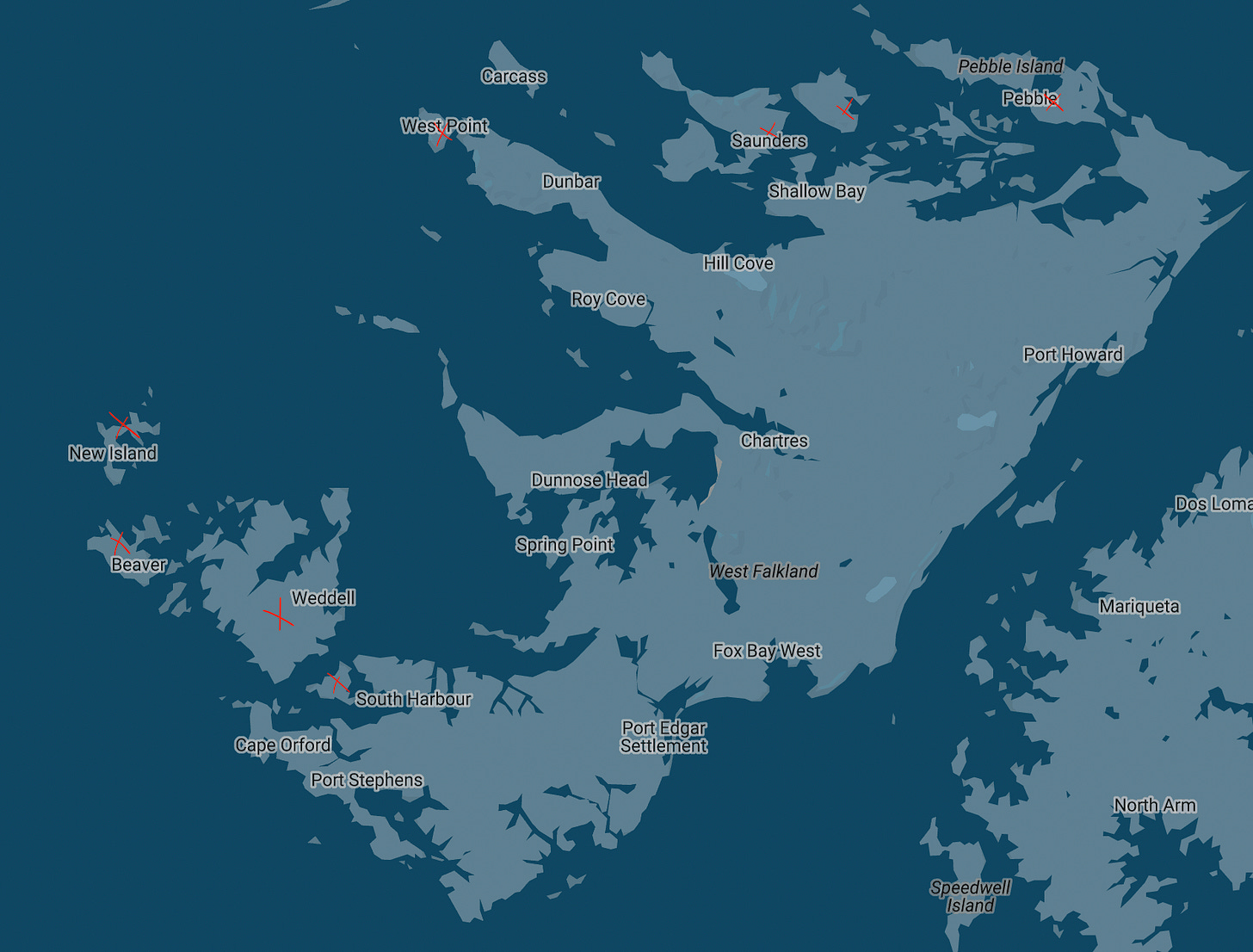
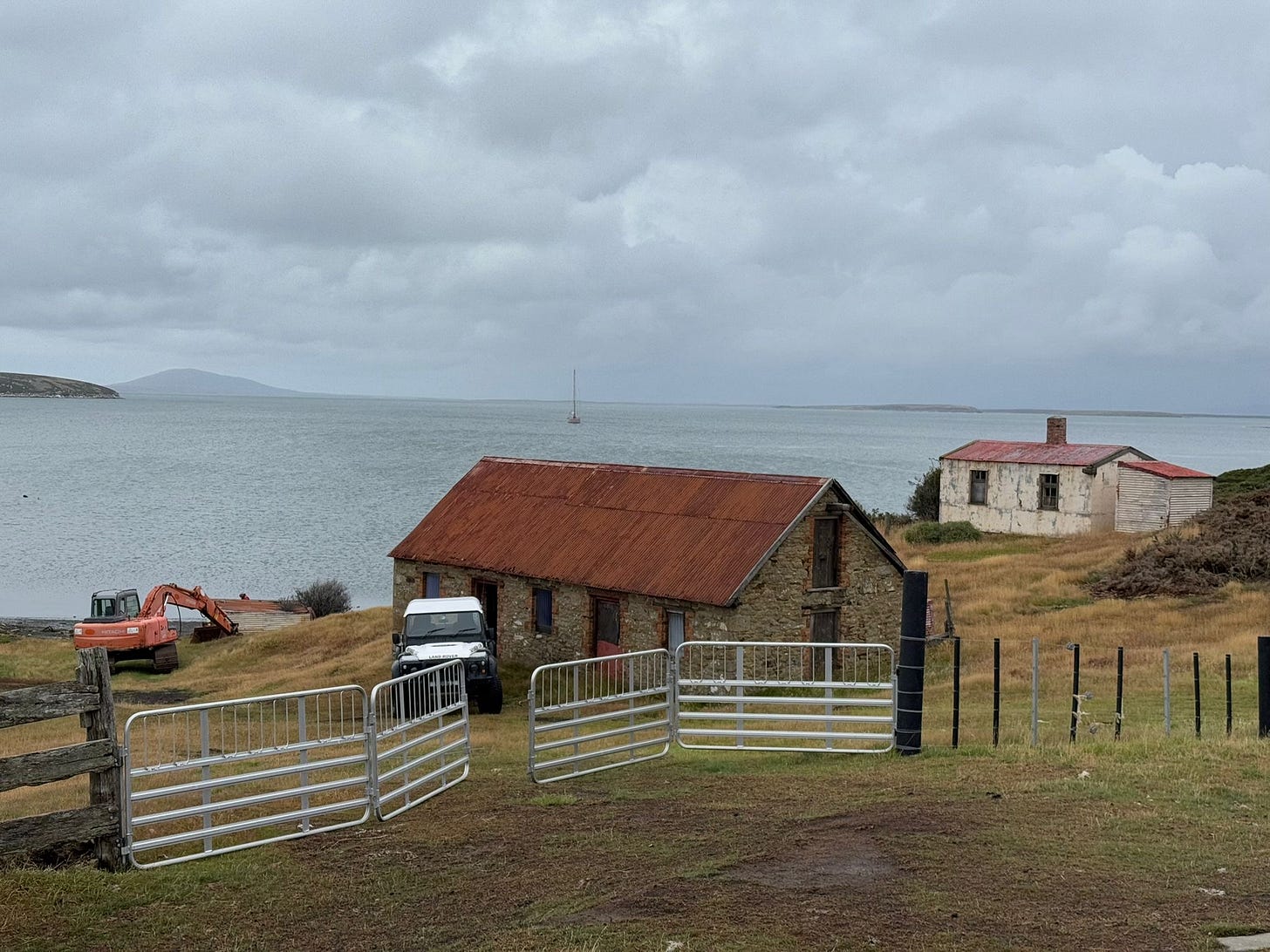
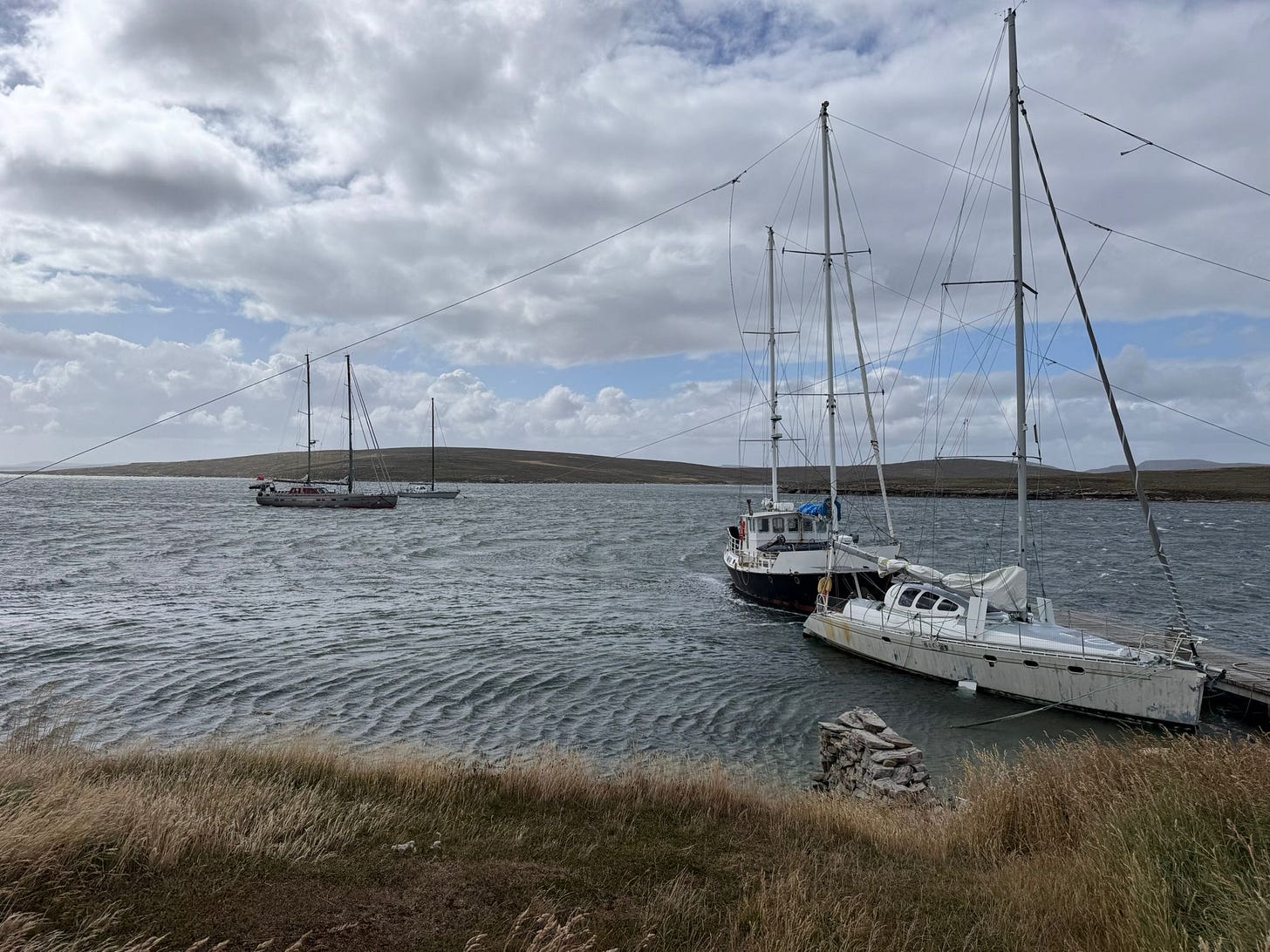
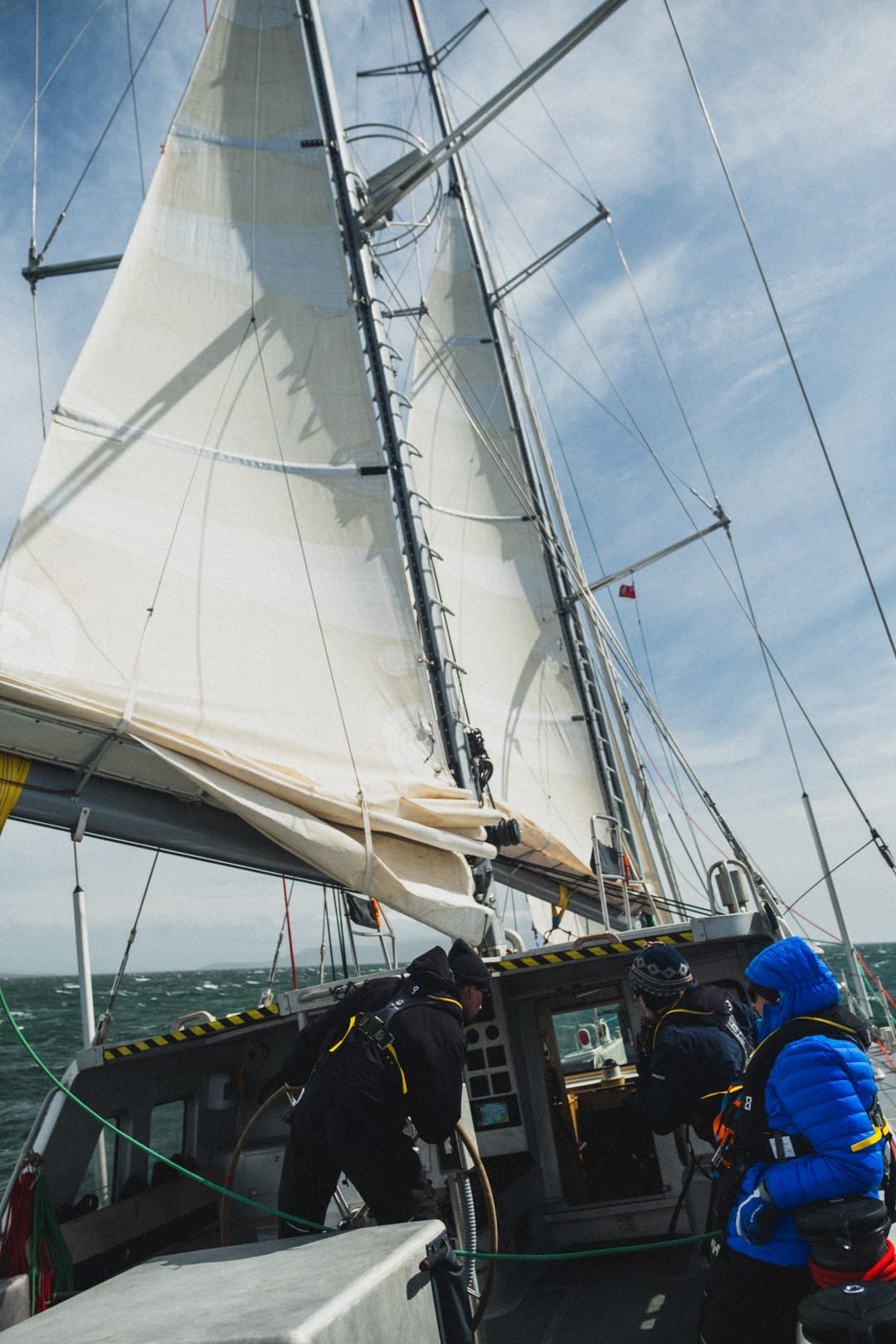
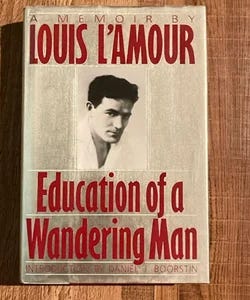
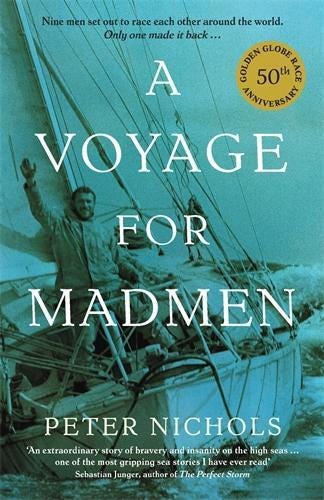
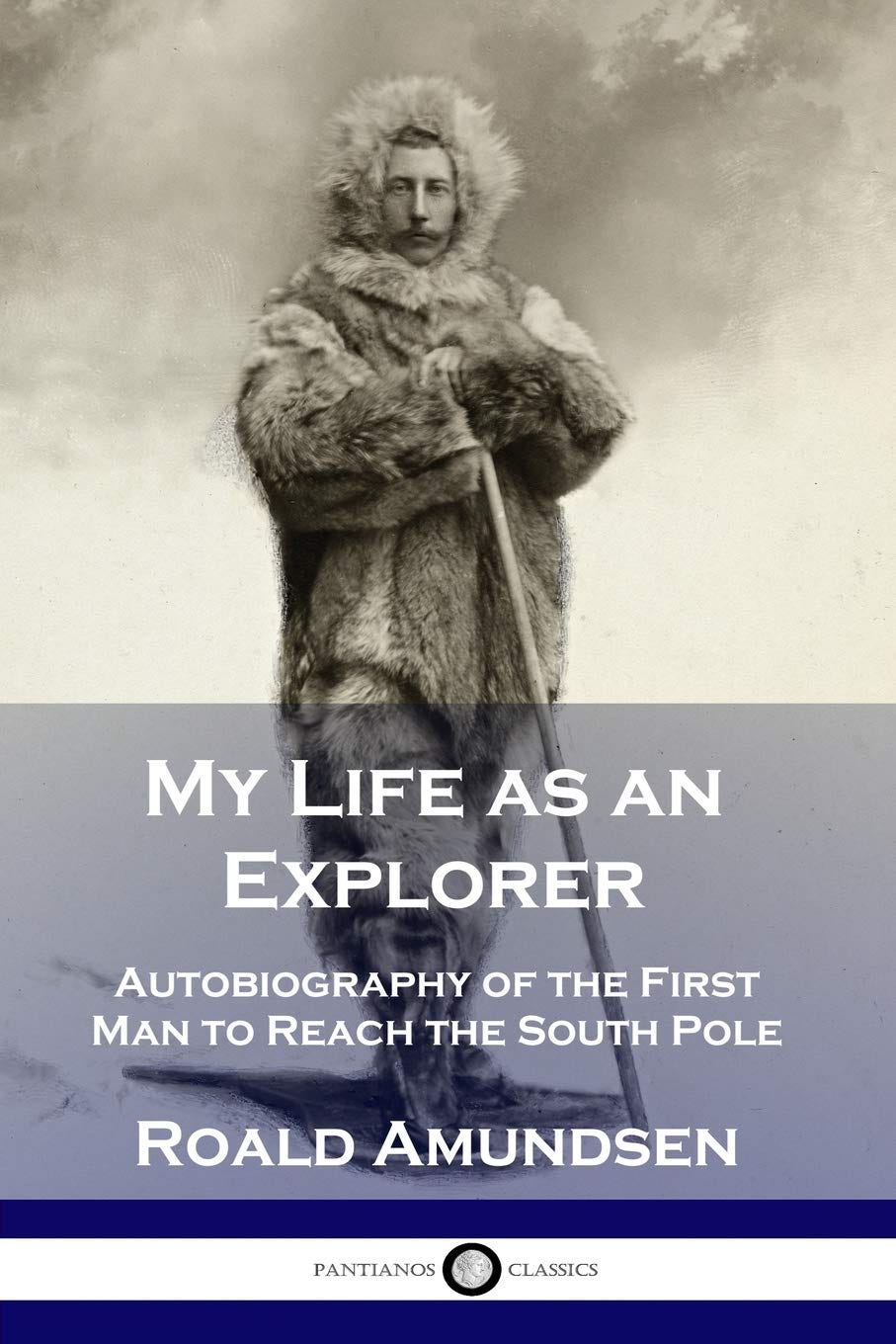
Excellent Max, sounds like a tough but useful adventure. Seasickness is wicked you really do want to die at points. Well done for sticking at it and enjoying one of the British jewels !
Wow what an adventure. Matt Bracken was gracious enough to guide me via corresponding emails to find the right kind of sailboat since I had never owned a sailboat before. He was very kind and extremely knowledgeable. We look forward to the book coming out. Thanks for documenting your work through the preparation.